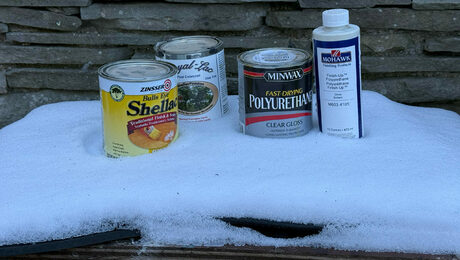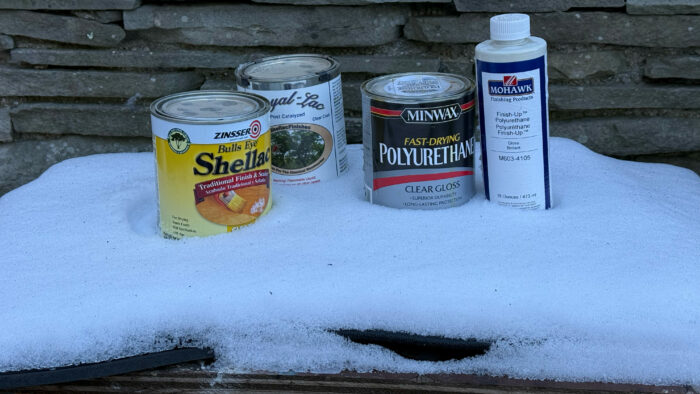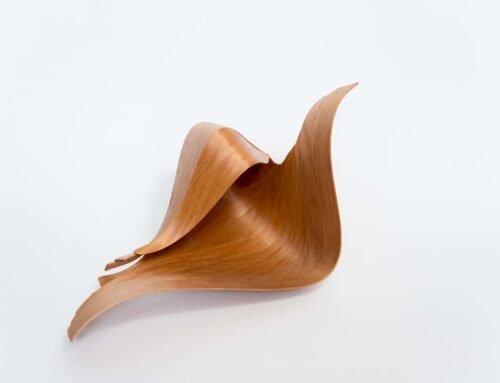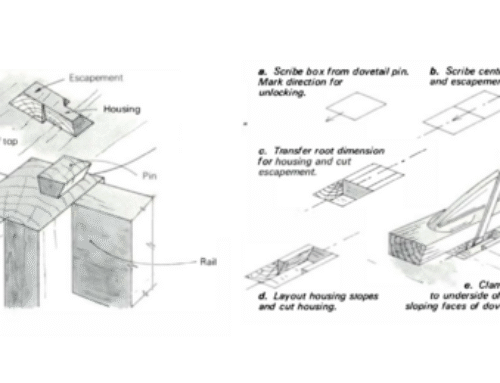

Applying finish is one of the more difficult parts of cold-weather woodworking. For most finishes, there is a temperature—usually around 55ºF or 12ºC—beneath which you should not proceed. But even when your winter woodshop is heated above the minimum threshold, the climate will still affect the performance of the finish.
First, temperature will affect a finish’s viscosity, or resistance to flow. At lower temperatures, the viscosity of a finish may increase making it thicker, like honey. At higher temperatures, a finish may be thinner, like milk. Generally speaking, a thin application of a finish will give you a more even coat and better results. So in a colder climate, you may have a harder time applying that perfect, thin coat.
Cold temperatures will also extend drying times, meaning you may need to wait longer to apply a second coat. If curing is an oxidation reaction, it will…
…
Continue reading this article at;
https://www.finewoodworking.com/2025/01/29/finishing-in-cold-weather
Feed Name / Source : FineWoodworking
Finishing
hashtags : #Finishing #Cold #Weather #FineWoodworking



Leave A Comment